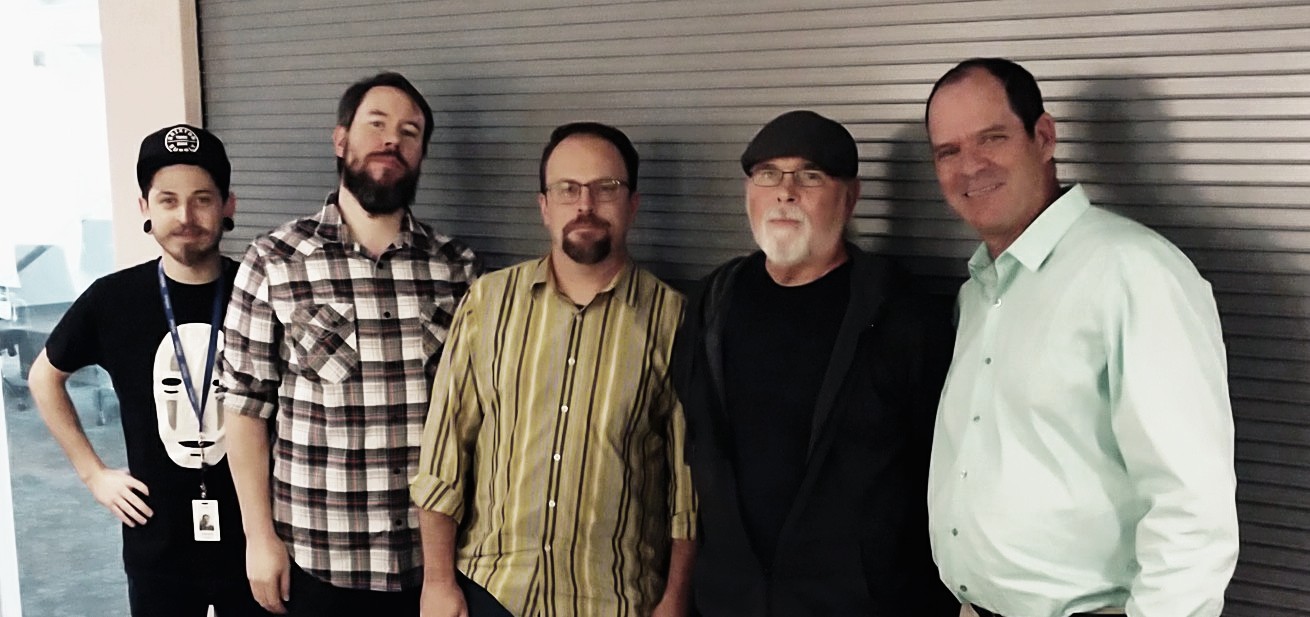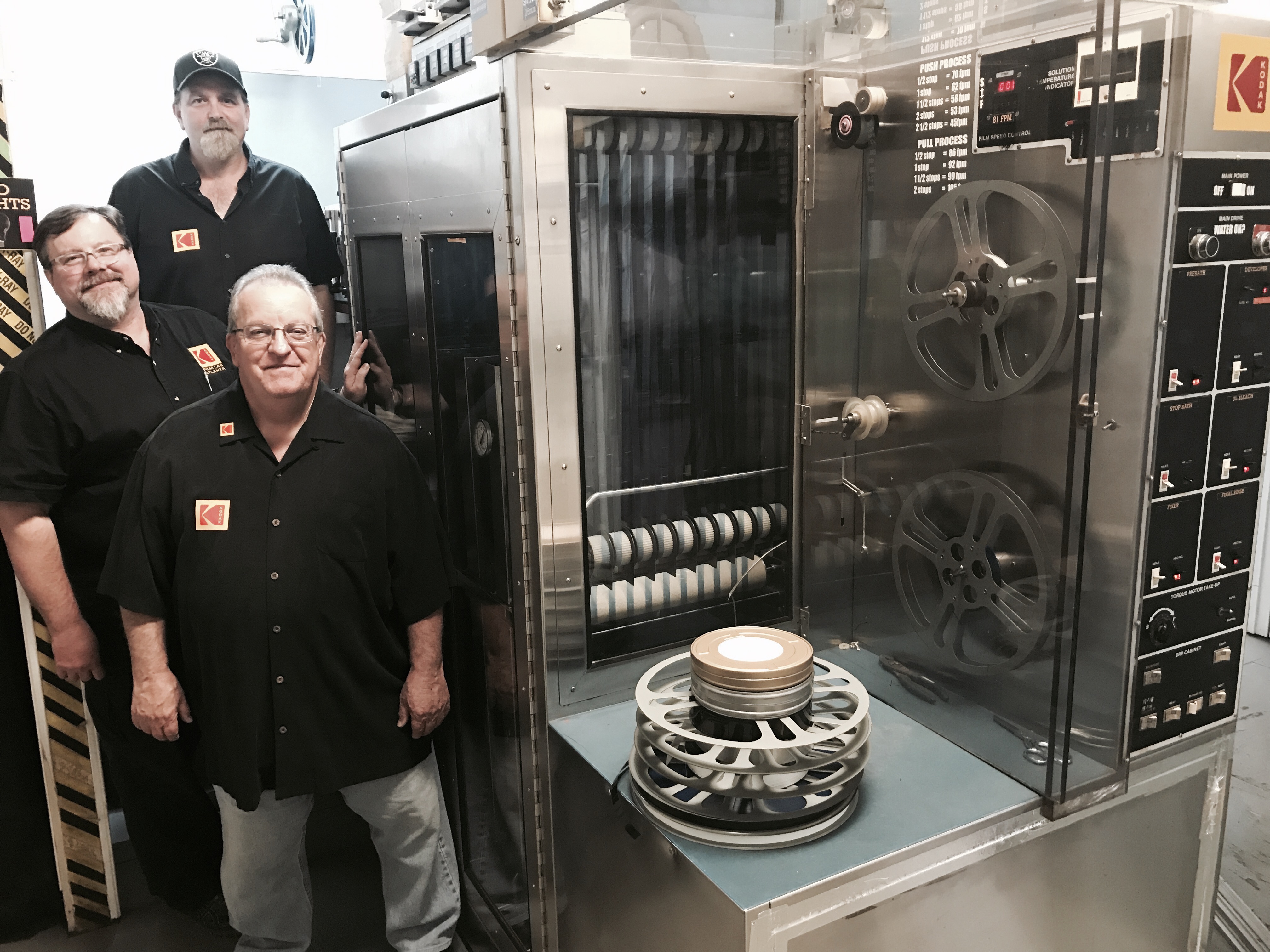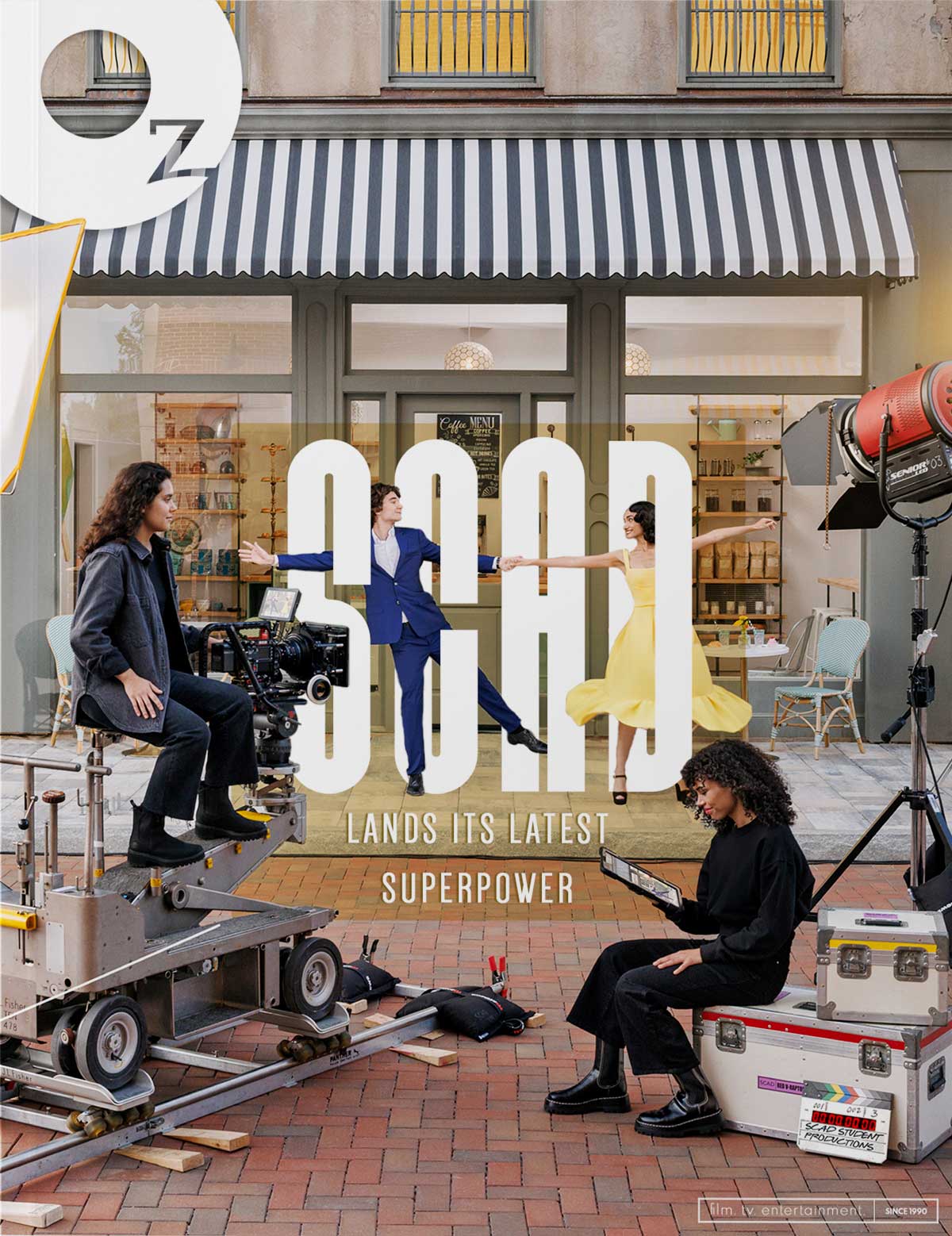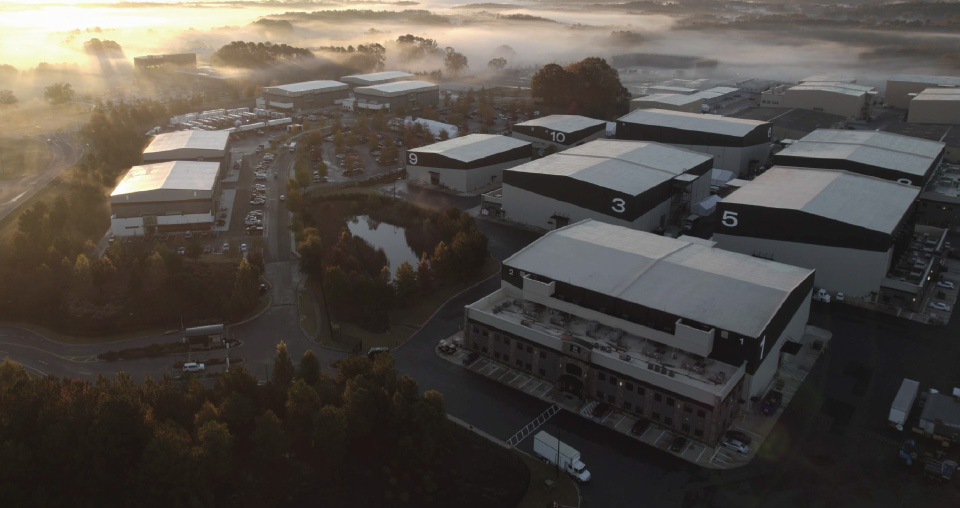Kodak has purchased Crawford Media Services’ Cinefilm, incorporating the processing lab and the transfer facility into Kodak Film Lab Atlanta.

Michael Brown (vice president, motion picture and entertainment group) sat down with Oz to discuss the new acquisition and Kodak’s love of film.
Oz: How did Kodak come to acquire Cinefilm?
Michael Brown: Cinefilm has been operating under Crawford Media Services for the past few years, since its purchase. An opportunity arose at the beginning of the year when Crawford wanted to sell the lab business as well as the transfer facility. Kodak’s biggest customer in Georgia is a little show called The Walking Dead which has used 16mm color negative film for the last eight seasons. To keep that operation going, Kodak stepped in to buy the lab and transfer facility, running it similar to the New York facility.
Now, our other facilities were planned in advance—New York, the U.K.—but Atlanta was a surprise. We didn’t plan it, but to keep the art form going we knew we had to step in. We recognized what’s going on in Georgia with both The Walking Dead and other productions (Hidden Figures, Gifted, etc.) that shoot on film and have gone through Crawford’s Cinefilm.
Kodak Film Lab Atlanta’s first official project is I, Tonya, which started under Crawford and finished under Kodak. We’re still working with Walking Dead, there’s some shorts and school projects going through, and we’ve got a few features that I can’t reveal just yet.
Oz: So you saw an opportunity and had to take it.
Michael Brown: Absolutely. We see the resurgence of film in Atlanta and beyond: look at Dunkirk, where theaters had special 70mm showings. Audiences are becoming more educated about film and realizing there’s a difference. As people get HDTVs and bigger screens in their homes, theater owners have to figure out how to differentiate what they offer, and the answer is showing film prints. You can’t see that in your house. Theater owners are always thinking about how to get more people in the theater: nickelodeons made it cheap, they went widescreen when televisions came out, surround sound came in, Smell-o-Vision was a thing, all different formats. Art houses are
advertising the special runs of film, and movies like Dunkirk get the big theaters doing it too.
Oz: Is film going beyond the special screenings nowadays?
Michael Brown: It is: the music videos being shown at the MTV Awards and the Grammy Awards are getting a film resurgence as well. The percentage of films in film festivals that were shot on film is relatively small, but when you look at the awards at these festivals (Cannes, Toronto, SXSW) and the Oscars and Emmys…they’re disproportionately in favor of film-shot. When the awards come out, it’s big for film, and it’s because when you shoot film you really have to know what you’re doing.

Oz: You have to keep that old conservative mindset, with the finite amount of film.
Michael Brown: And you have to learn how to expose, how to use a meter—if you learn how to use a meter, you can move faster on set and you get hired more. Any time we do a workshop, like the one we did at PC&E’s stages with the Atlanta Film Society, they fill up quick. If no one shows up, it says no one’s interested, but people buy the tickets and we have waiting lists. The people in that room want to learn the classic art form, they’re tired of digital and want to learn film, they’re students who aren’t learning film in school so they come to us. Kodak offers the classes, and they’re intensive. We shoot on film and take it to the processing center and show them the steps. We have camera rental houses and stages in Atlanta to work with, Kodak has inventory and processing here now, it’s all here in Atlanta. There’s no reason not to shoot film, because the infrastructure is here.
Oz: Has the transition been smooth?
Michael Brown: Completely smooth. It’s the same crew in the lab and the transfer center from when Crawford bought Cinefilm. Working with the lab and post people, I know how first-rate they are. They know film, they know processing, they know post, there’s never been an issue. But there was always a perception when a production came to Atlanta of “Who are you folks? You’re not L.A. or New York,” even though they did great work. With Kodak’s name on it, there’s a new perception from productions: “Oh, it’s Kodak, we know that.” It’s the same quality people that have always been there with a collective 100 years of experience, but now it’s got Kodak’s name behind it and productions will give it
more of a chance.
Oz: What are you hoping to build here?
Michael Brown: If you look at the history of George Eastman (who started Kodak), he was all about education, and that’s our ideal: keep film going and educate the marketplace about it: for still film, motion picture, archival, all of it.
It’s important to teach the trade. And down the road, we want to consolidate our two locations into a center that shows the art of filmmaking as well as offering processing and transferring.






